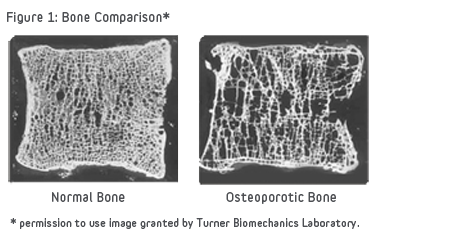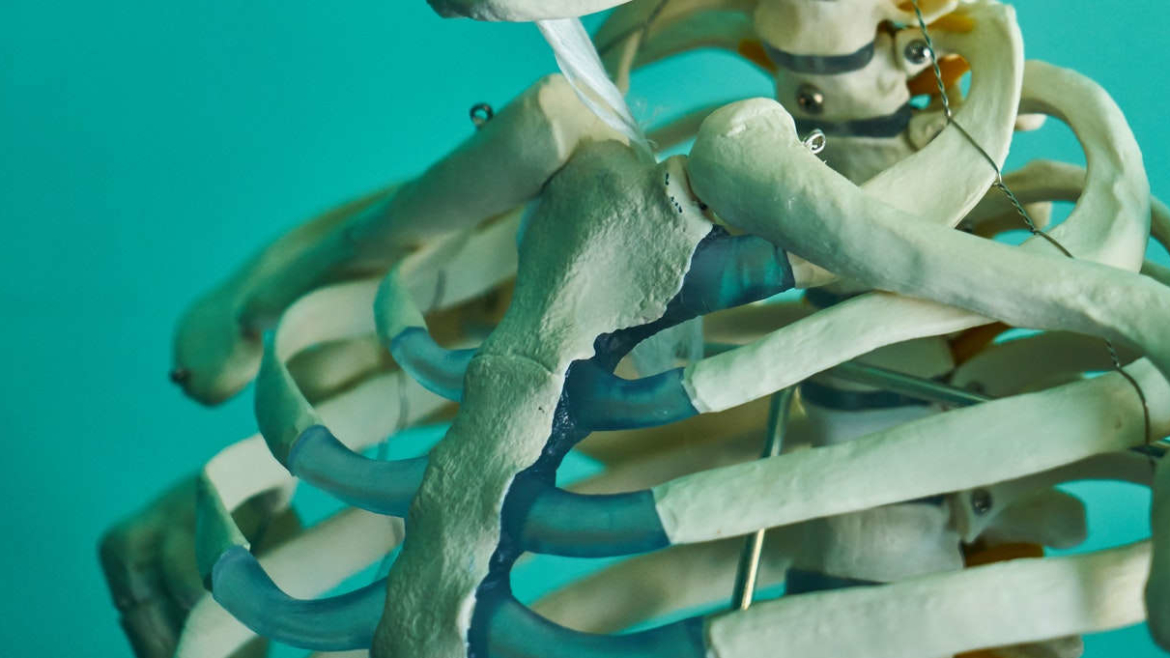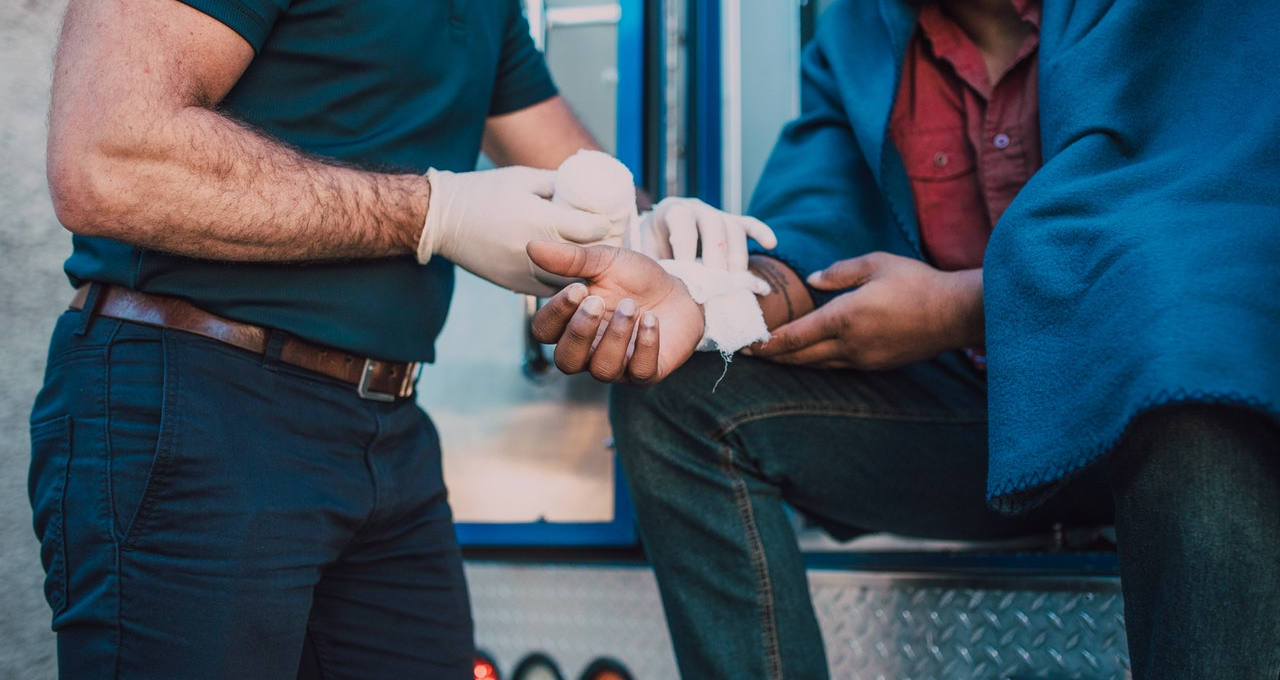What is Osteoporosis?
Did you know that May is National Osteoporosis Awareness and Prevention Month? Did you also know that osteoporosis is a preventable and treatable disease? We will dive into prevention, but first, let’s review what osteoporosis actually is.
Osteoporosis (or porous bone) is a disease characterized by low bone mass and structural deterioration of bone tissue. This leads to bone fragility and an increased risk of fractures of the hip, spine, and wrist. Both men and women are affected by osteoporosis. In the United States, more than 53 million people either already have osteoporosis or are at high risk due to low bone mass.
Risk Factors
Women have greater chances of developing osteoporosis, while White and Asian women are at higher risk as well. African American and Hispanic women have a lower but significant risk. Also, women who are small and thin boned have a great risk. Unfortunately, there are often no symptoms for osteoporosis. Risk of osteoporosis increases in older age.

Detection
Unfortunately, most people only find out they have osteoporosis after they fall or bump something and then suffer a fracture or collapsed vertebra–their are no clear-cut symptoms. However, back pain, stooped posture and loss of height over time may be other signs. A doctor may recommend the patient who is concerned to get a bone mineral density (BMD) test which can:
- Diagnose osteoporosis
- Determine your rate of bone loss
- Determine your risk for fractures (broken bones)
Prevention with Diet
- Calcium: get an adequate amount of calcium per day. You can get calcium from foods such as milk, yogurt, cheese, and ice cream; dark green, leafy vegetables (i.e. broccoli, collard greens, bok choy, and spinach), sardines and salmon with bones; tofu; almonds; and foods fortified with calcium, such as orange juice, cereals, and breads. Depending on how much calcium you get each day from food, you may need to take a calcium supplement.
- Vitamin D: adults should take 600 IU of vitamin D daily, up to age 70. Those older than 70 should increase to 800 IU daily. Sources of vitamin D include egg yolks, fatty fish, mushrooms, cheese, and liver. Here’s a longer list of foods with vitamin D.
- Avoiding smoking and excessive drinking
More information on osteoporosis here.
Treatment
- Exercise: exercise improves your bone health as well as increases muscle strength, coordination, and balance. However, the type of exercise should not put any sudden or excessive strain on your bones. To reduce risk of fractures, your doctor can recommend specific exercises to strengthen and support your back.
- Nutrition: continue with a good diet that includes calcium and vitamin D (see above).
- Avoid falling: many falls are considered accidents but there are some ways you can reduce your risk. Wear shoes that provide good traction to the ground (rubber soles) or use a cane or walker for stability. If sidewalks are slippery, walk on grass. If you’re indoors, avoid walking around in socks, slippers or stockings. Keep your house and rooms clear of clutter, especially on floors. Install grab bars in areas of the home such as the bathtub.
- Medications: Several medications are available for the prevention and/or treatment of osteoporosis, including: bisphosphonates;calcitonin; estrogen (hormone therapy); estrogen agonists/antagonists (also called selective estrogen receptor modulators or SERMs); parathyroid hormone (PTH) analog; parathyroid hormone-related protein (PTHrp) analog; RANK ligand (RANKL) inhibitor; and tissue-selective estrogen complex (TSEC).
How Can Chiropractic Care Help?
Chiropractors may be able to determine whether or not you have osteoporosis. They can also provide adjustments to assist with alleviating back and neck pain that are associated with osteoporosis. Physical therapy can help patients build strength and balance in order to prevent falls. If you are in the Everett/Snohomish County area, our physical therapists are here to help you. Contact us at 425-347-8614.
Sources: National Center for Complementary and Integrative Health





